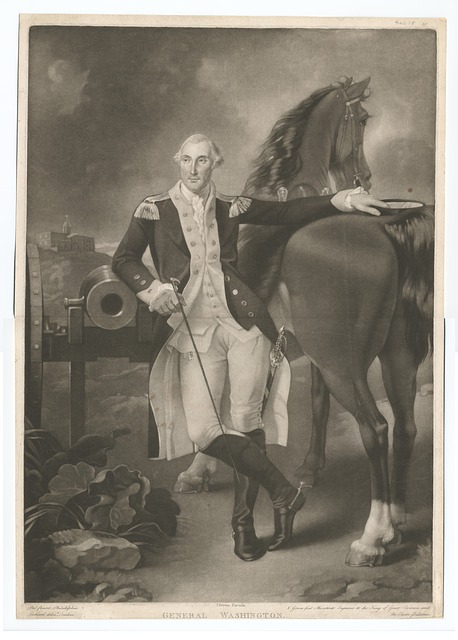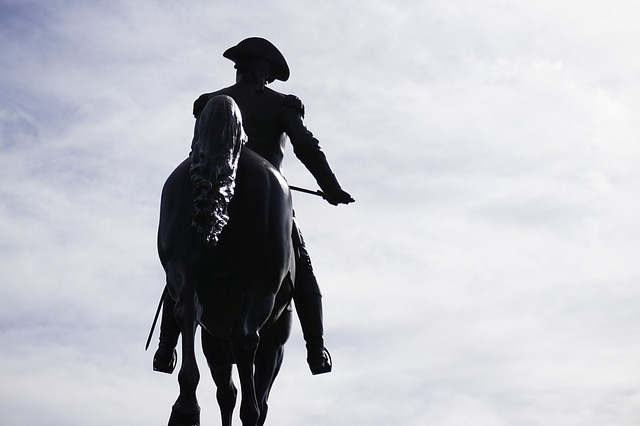What brought about the American Revolution? Like most military conflicts, the Revolution was spurred by a web of complex social, political, and economic factors. However, economic concerns were arguably paramount when colonists finally decided to wage war against the British monarchy. Indeed, the era’s most famous rallying cry remains “No taxation without representation!”
Following the French and Indian War (or Seven Years War), the previously prosperous British government found that its debt had nearly doubled. Parliamentarians soon proposed that the prosperous American colonists shoulder more of the monarchy’s expenses. Several new laws were then passed to benefit the Crown and squeeze the colonists’ pocketbooks.
The trend began with the Currency Act of 1764. This forbade the colonists’ printing of paper currency. Colonists were not mining precious metals for coins, and they were now even more dependent upon Britain for capital. The Currency Act significantly reduced the colonists’ options for economic self-determination, and this was particularly resented in light of their existing trade deficit with Great Britain.
Next, the Sugar Act of 1764 aimed to enforce laws related to molasses importation. Prior to the French and Indian War, the wealthy British Empire could afford to be lax with its colonial customs laws. American merchants became accustomed to circumventing trade tariffs. In effect, they had enjoyed a relatively independent economic system. But when the King became concerned about his coffers, enforcement of existing tax laws became a top priority. As taxes on molasses climbed higher, the colonial rum industry atrophied. The loss of the valuable rum trade meant that associated trade for raw materials, like
lumber from the Caribbean, dwindled. The Sugar Act also added tariffs to non-sugary goods like coffee and calico fabric. Taxation without representation began to permeate more and more aspects of the colonial economy.

Finally, the Stamp Act of 1765 assessed fees for stamps. These stamps were to appear not only on mail, but on every colonial newspaper, legal document, playing card, mortgage, and other printed materials. This final wide-sweeping act was designed to raise revenue for the salaries of British troops and government elites. In many colonists’ opinions, the Stamp Act most clearly and illegally disconnected taxation from representation.
To oppose the Stamp Act, most colonies sent representatives to a special session in New York City. The delegates shed their traditionally humble acquiescence to British rule and asserted that “no taxes… can be constitutionally imposed… but by their respective legislatures.” American public opinion supported these delegates’ refusal to accept the Stamp Act. Popular new leaders like Samuel Adams and Patrick Henry emerged to endorse mob resistance, and by 1765 many American merchants had subscribed to a Non-Importation Agreement.
However, the British continued to resist colonial demands for increased self-rule. The colonists’ verbal protest ultimately became militant. In Massachusetts, for example, farmers’ political groups rose in rebellion. Armed and angry, farmers’ militias filled Worcester County’s village green, prevented the opening of traditional British courts and forcing the resignation of royally-appointed judges. The Worcester County Committees of Correspondence proposed a convention “of the people” that would design new institutions of local governance. Locally-grown militias in Virginia and Pennsylvania followed suit.
Some American colonists attempted a compromise in 1774. Joseph Galloway, a self-proclaimed “man of loyal principles”, presented a plan to the First Continental Congress. Galloway’s peace plan combined a royally-appointed colonial governorship with the transfer of legislative and taxation powers to the colonists. However, Galloway’s plan was no match for many colonists’ suspicions of the British. The compromise was rejected by a single vote.
At last, in the spring of 1775, the British government ordered the royal governor Thomas Gage to suppress public assembly in Concord, Massachusetts. When Gage attempted to seize supplies of the local militia, the Patriot “minutemen” – ready to fight at a minute’s notice – inflicted heavy casualties upon his British troops. The colonists, now self-identified as sons and daughters of America, saw little possibility of reconciliation with Great Britain. The American Revolution had begun.




